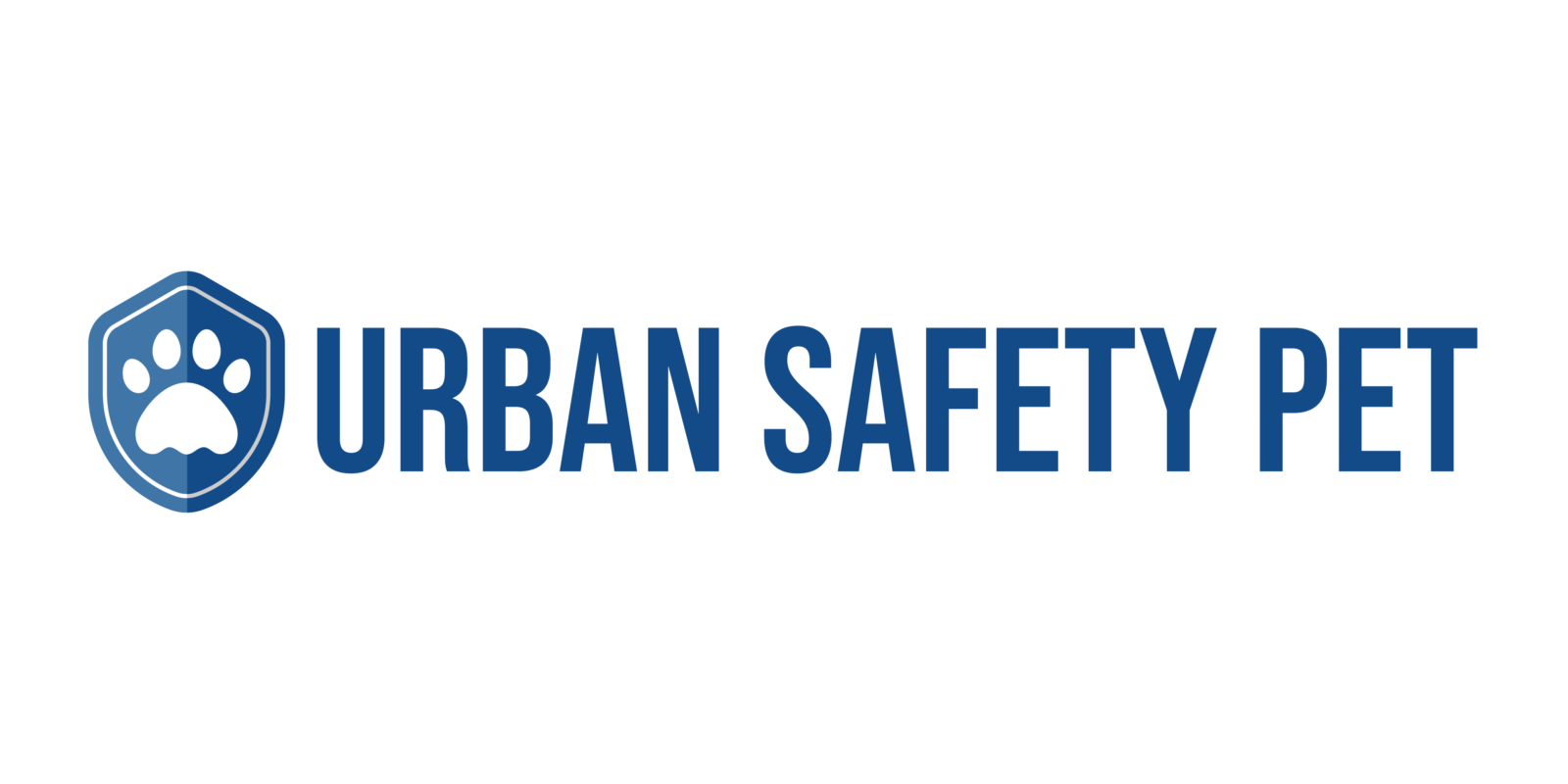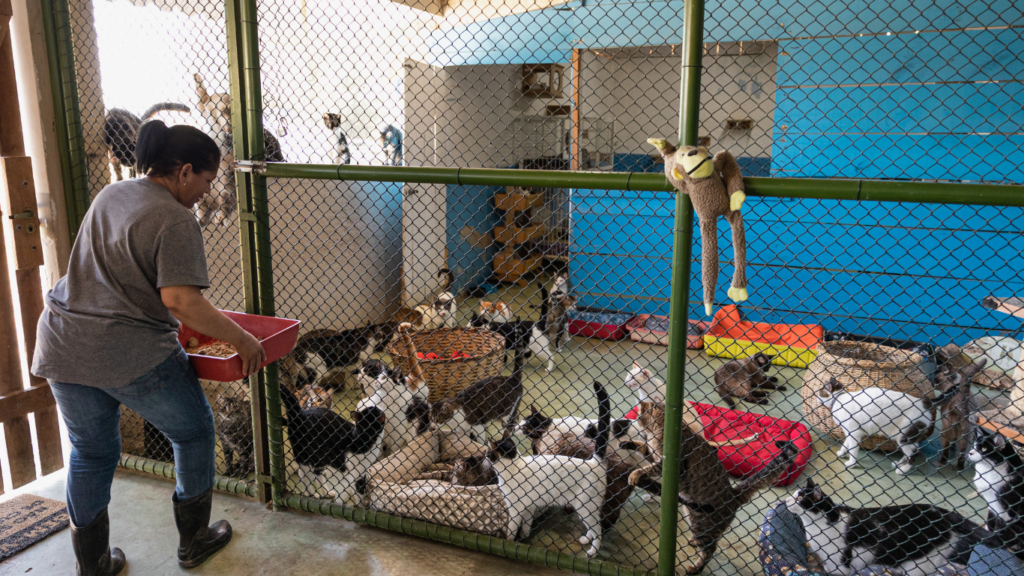Overview of Pet Adoption Trends
Pet adoption has seen significant shifts in 2024. Technological advancements and evolving societal attitudes have reshaped how people adopt pets, making the process more efficient and emotionally fulfilling.
Increased Virtual Adoption Events
Virtual adoption events have become the norm. Shelters and adoption agencies now host online events, allowing potential adopters to meet pets via video calls. This reduces geographical constraints and creates more opportunities for animals to find homes.
Innovative Matching Algorithms
Matching algorithms are improving the adoption experience. These algorithms consider factors like:
- lifestyle
- living space
- pet behavior
to recommend the best matches. It’s led to higher satisfaction rates among adopters and fewer returned pets.
Emotional Connections Drive Adoptions
Emotional connections are becoming a central adoption driver. Adoptive families seek pets for companionship and emotional support. Social media stories of successful adoptions further inspire people to adopt.
Diverse Types of Pets Adopted
There’s a growing interest in adopting diverse types of pets, such as reptiles and small mammals. This trend highlights the expanding definition of “pet” and opens opportunities for less traditional animals to find loving homes.
Senior Pet Adoptions
Adoptions of senior pets are on the rise. Many people now recognize the benefits of adopting older animals, including their often calmer demeanor and lower energy levels, making them a good fit for less active homes.
Community Support Networks
Community support networks are strengthening the adoption process. Local groups and online communities provide resources, advice, and support for new pet owners, helping to ensure successful long-term adoptions.
Focus on Pet Health and Well-being
There’s an increased focus on the health and well-being of adopted pets. Adoption agencies are emphasizing vet care, proper nutrition, and mental stimulation, aiming to improve the overall quality of life for adopted animals.
By understanding these trends, we can better appreciate the evolving landscape of pet adoption in 2024. These shifts not only facilitate the process but also ensure that both pets and their families find lasting happiness together.
Rise of Digital Platforms
Digital platforms are transforming pet adoption in 2024. These platforms streamline processes and expand access.
Online Adoption Services
Online adoption services enable potential pet parents to browse available animals from their homes. Websites and apps, like Petfinder and Adopt-a-Pet, showcase detailed profiles, including photos and personality traits.
This not only saves time but also increases the chances of finding a perfect match. Many platforms now offer virtual meet-and-greets, allowing families to interact with pets via video calls. This innovation helps reduce stress for both pets and adopters, making the experience smoother.
Use of Social Media
Social media platforms have become powerful tools in pet adoption. Facebook, Instagram, and TikTok feature posts from shelters and rescue organizations, reaching thousands of potential adopters.
Engaging content, such as videos and stories, highlights pets’ unique personalities, increasing their adoption chances. Shelters often share updates and success stories, keeping the community involved and informed. Influencers and celebrities also play a role by sharing adoption stories, amplifying the message to larger audiences.
Changes in Animal Shelters

Animal shelters in 2024 are showing significant transformation. Updates in adoption policies and shelter atmosphere are making an impact.
Adoption Policies
Adoption policies in many shelters now incorporate more flexible guidelines. Technology-driven assessments help match pets with potential owners more accurately. Background checks, home visits, and trial adoptions are becoming standard. Many shelters waive or reduce fees during adoption drives to encourage more families to adopt. Enhanced post-adoption support, including training resources and veterinary services, provides additional incentives.
Shelter Atmosphere
Shelters are focusing on creating a more welcoming and stress-free environment for both pets and visitors. Modern facilities offer open, cage-free spaces where animals can interact freely. Shelters prioritize cleanliness, ambient noise reduction, and comfortable living quarters.
Many adopt bio-nautical elements such as indoor plants and natural light to simulate a homelike setting. Volunteers play a crucial role in maintaining an interactive and caring environment, helping to socialize pets and facilitate better adoption outcomes. Shelters also host community events that allow people to meet the animals in a relaxed, informal setting.
Increase in Specific Pet Preferences
In 2024, trends show a distinct rise in specific pet preferences, influencing adoption rates and patterns.
Popular Breeds
Popular breeds are seeing a surge in preference due to social media exposure and lifestyle compatibility. For example, French Bulldogs, known for their small size and minimal exercise needs, fit well with urban living.
Similarly, Golden Retrievers, praised for their gentle nature and versatility, attract families with children. Breeds like Poodles and Doodles, valued for hypoallergenic coats, have also gained traction. This shift is driven by detailed online profiles and breed-specific information accessible on platforms like Petfinder.
Adoption of Senior Pets
Adoption of senior pets is increasing, reflecting a change in adopter attitudes. Many attribute this to the growing awareness of the benefits of adopting older animals, which include established behavior patterns and a typically calmer demeanor.
Programs that highlight the special needs and rewards of senior pet adoption, such as “Senior for Seniors” initiatives, have become more prominent. This trend helps reduce the shelter population and ensures that older pets find loving homes where they can spend their remaining years comfortably.
Impact of Economic Factors
Economic factors significantly influence pet adoption trends in 2024. As financial landscapes shift, both adoption costs and shelter funding undergo notable changes.
Adoption Costs
Adoption fees vary based on the type of pet, age, and location. Average costs range from $50 to $300 for cats and $100 to $500 for dogs, with higher fees for purebreds and puppies.
Shelters now offer flexible pricing models, considering adopters’ financial situations. For example, some shelters provide sliding scale fees or subsidized adoptions for seniors and veterans. Moreover, adoption events often feature waived or reduced fees, helping more pets find homes.
Donations and Funding
Shelters’ financial health depends on donations and funding. Individual contributions, corporate sponsorships, and grants form the bulk of their income. In 2024, crowd-funding platforms like GoFundMe and Patreon gain traction, enabling shelters to reach a broader audience for support.
Additionally, partnerships with local businesses and online influencers boost visibility and funds. This diverse funding landscape ensures shelters can maintain enhanced facilities, offer quality veterinary care, and support post-adoption services.
The economic factors of adoption costs and funding shape the pet adoption landscape by making it more accessible and sustainable for both adopters and shelters.
Influence of Social Movements
Social movements are playing a pivotal role in shifting pet adoption trends in 2024. These movements are driving awareness and promoting more ethical and humane practices in adoption processes.
Focus on Rescue Animals
The focus on rescue animals is gaining momentum. Organizations like the ASPCA and Humane Society spotlight the plight of animals in shelters and push for their adoption over purchasing from breeders.
Campaigns highlight the benefits of adopting mixed-breed pets and older animals, making these often-overlooked pets more appealing to potential adopters.
Advocacy and Awareness
- Advocacy and awareness are being amplified by activists and influencers.
- Prominent figures use platforms like Instagram and TikTok to share adoption success stories and educate the public on the importance of adopting rather than shopping for pets.
- Initiatives such as “Adopt, Don’t Shop” and public events organized by rescue groups bring the community’s focus to ethical adoption practices, leading to increased adoption rates and a better understanding of shelter animals’ needs.




